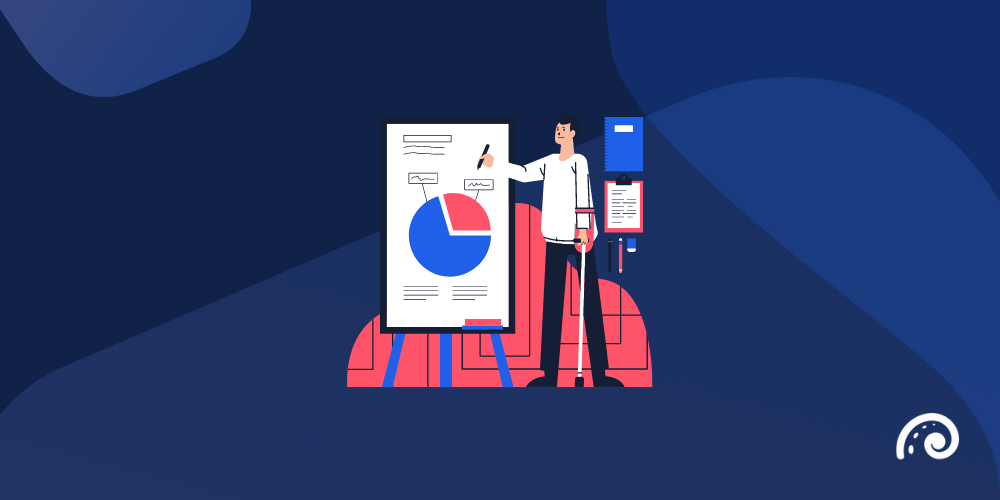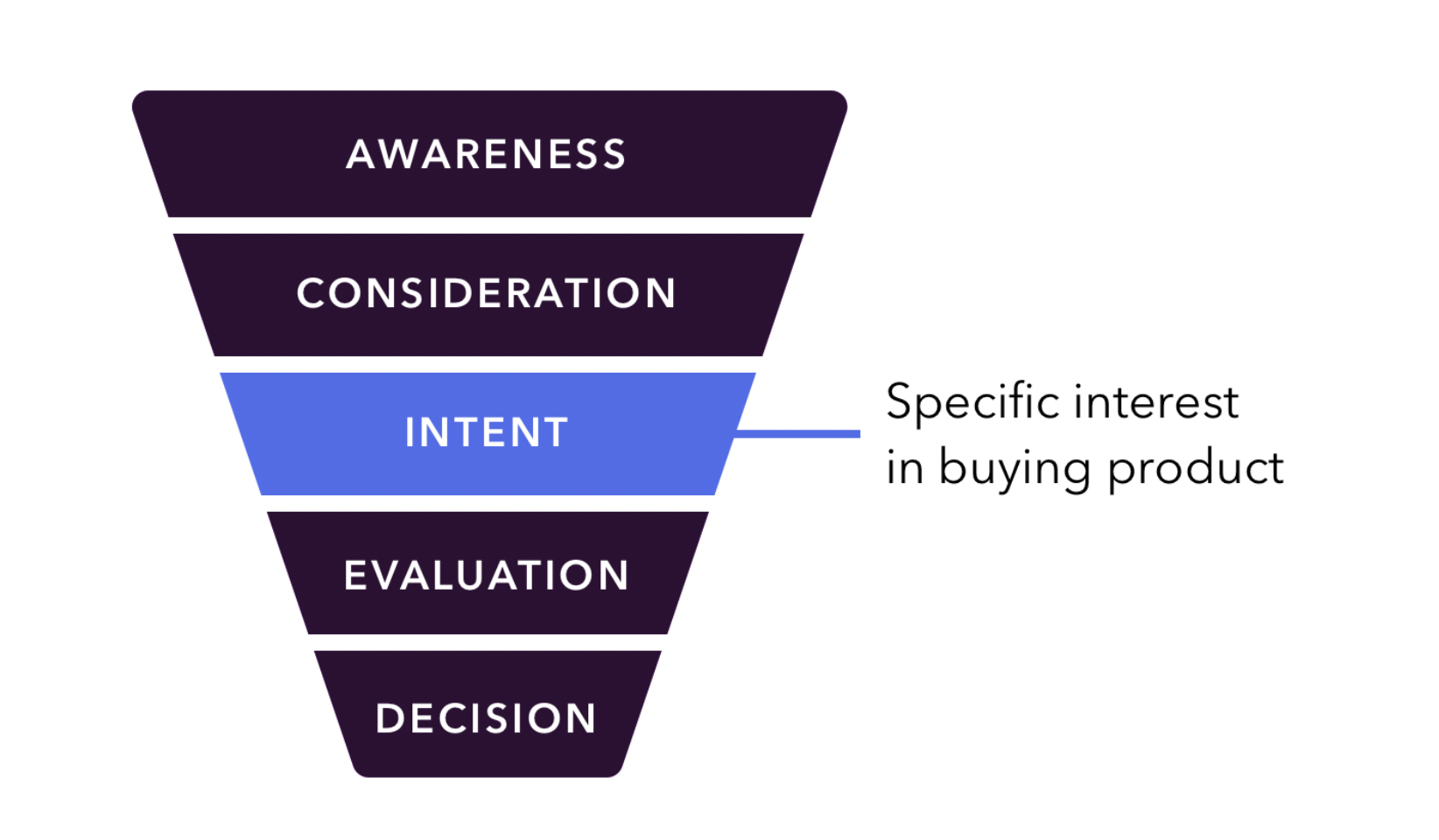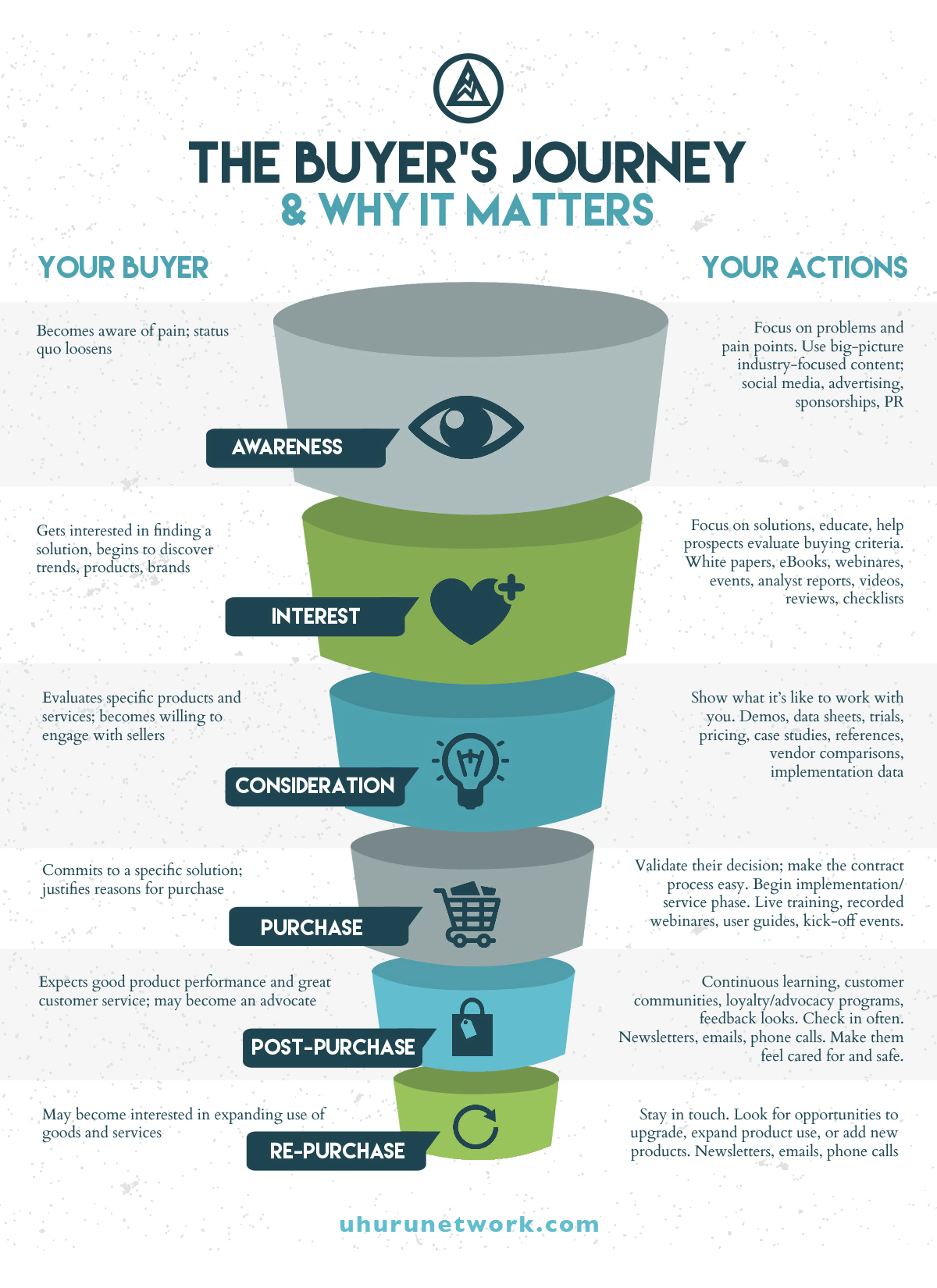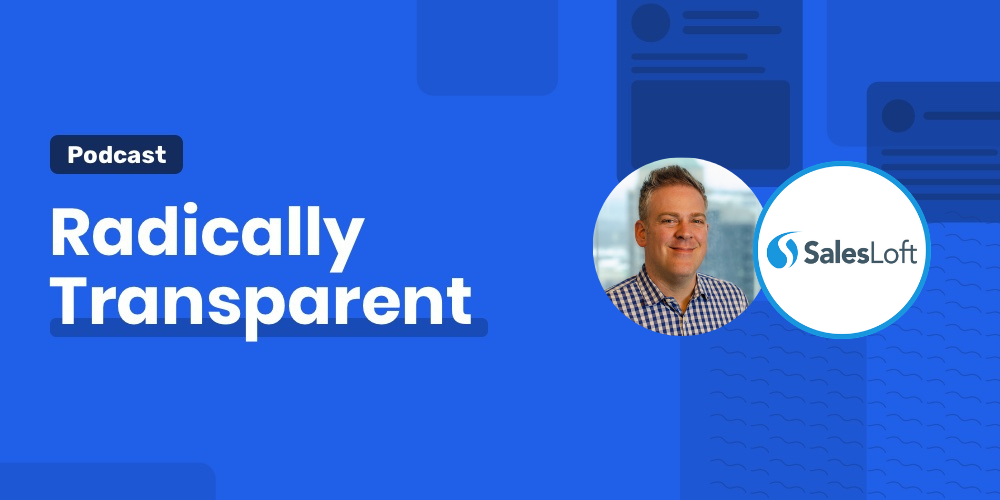The essential guide to successful intent-based marketing

Table of contents
The eternal question for B2B marketers is: When is the best time to sell to buyers? The answer is when they want to buy, of course. But the longer your B2B sales cycle is, the more chances your buyers will lose interest and look elsewhere.
Intent data solves this problem by gathering insights into your prospects’ online behavior, allowing you to identify their level of interest and when their intent to purchase is at its highest. You can target prospects right at the start of their buying journey – after all, 83% of B2B buyers search online before purchasing, so why not reach out to them at the most valuable time?
In this post, we’ll explore the fundamentals, benefits, and use cases of intent-based marketing, and how you can successfully implement these strategies to enhance your customer experience.
Quick links
- What is intent-based marketing?
- What is intent data?
- What are the benefits of intent-based marketing?
- How to be successful with intent-based marketing
What is intent-based marketing?
The days of flicking through catalogs and wandering around the mall are over. Today, the internet is the number one way to source whatever you need.
Imagine if you could see what your prospects are Googling – you’d know exactly what they are interested in buying, what they want, and when they want it.
Intent-based marketing gives you the tools to do precisely that. It involves marketing your product or service based on your buyers’ online behavior, which indicates their purchase intentions.

Essentially, you customize your marketing strategy based on their online behavior, needs, and interests. Purchase intent (also called buyer intent) describes the probability of a customer purchasing or being inclined to purchase your product or service within a certain period. It can be split into two categories, active and passive:
1. Active intent
Also called transactional intent, active buyer intent shows behavior that indicates customers are taking action to research a particular product or service. They’re demonstrating a willingness to purchase, meaning they’re more likely to seal the deal in the near future.
2. Passive intent
Passive buyer intent, or informational intent, is when customers are researching better alternatives to current unsatisfying products or services, or are educating themselves on other options. They are showing passive consumer intent because they do have the intent to purchase, but they are still in the information-gathering stage.

Source
B2B buyers conduct 12 online searches before visiting a specific brand’s website. Even if your website is the 12th in line, you can make the customer experience stand out to your buyer with personalized information that is relevant to their intentions at that particular time. Intent marketing data can also tell you how ready your customer is to purchase as they move through the buying journey.

According to McKinsey, data-driven marketing is the new normal – which is no surprise. Companies are pumping up to 20% of their overall budget into analytics, and third-party data has been shown to increase sales productivity by over 25%. For B2B businesses, intent data also provides an excellent opportunity to integrate your sales and marketing teams better. If you can use intent-based analytics to identify buying signals from your customers, your sales team can approach them with relevant information or book a demo.
Other use cases include:
- Website personalization
- Email personalization to nurture leads
- Prioritize leads based on engagement
- Identify new potential buyers
- Develop a personalized content strategy
What is intent data?
Intent data is data gathered from a customer’s online behavioral activities, but this isn’t a case of peaking at people’s laptops. Think of it as finding buyers you never knew existed and starting a conversation with them.
Intent data is based on the buyer’s searches, website visits, content consumption, and online interactions – even if they don’t visit your website specifically.
How do you gather these insights? Well, throughout your marketing efforts, you’ll likely already collect data from two sources:
1. Internal data
Internal data is sourced from your business tools, systems, and platforms, such as:
- Your website, app, or product
- Email communications (personal information, recipients, respondents)
- Ads (ad clicks, survey answers)
- Campaign content (CRM software, interactive content, content clicks)
2. External data
This data is sourced from external platforms and parties, such as third-party providers, public data sources, and desk-based market research.
Intent data is gathered from external sources because it gives you an insight into what your prospects are researching on other websites and third-party sources.
It’s no secret that third-party apps monitor online browsing activity, but intent data can show you more than just what your prospects are typing into the search bar. You’ll have insights into:
- Browsing habits
- Scroll speed and time on page
- Engagement (downloads and clicks)
- Content consumption (type, amount, and preferred content)
- Websites visited
- Location (via IP address)
Recommended for further reading
What are the benefits of intent-based marketing?
Okay, all this data sounds interesting, but what can you do with it? In short, you can find your “dream clients.” By understanding your buyers’ intentions, you’ll be better positioned to allocate budget to your target audience, which is more likely to purchase. You can be confident that you’re passing a relevant, high-quality lead to your sales team, who can then provide a personalized, engaging customer experience.
27% of B2B marketers report that sales-marketing alignment is a challenge, so intent data could be the common ground that you need to create a link between your teams. It’s not only your team structure that benefits from intent-based marketing.
Other benefits include:
Personalizing your communications
Every website interaction is an opportunity to provide a tailored experience to the visitor, leading to a more immersive buying experience and better customer engagement. For example, you can easily adjust headings and calls to action in real-time to suit the small business, frequent visitor, or competitor customer who is scrolling through your site.
Targeting more relevant buyers
Who do you want to target? Well, the people who like your product or service. You can catch key prospects when they are most interested in your business and are ready to buy with intent data. You’ll be able to provide them with highly relevant nurturing campaigns that speak to their needs so that you can improve the effectiveness of your marketing strategy.
Getting in there sooner
Why wait for a potential buyer to find your product or your sales team to find them when you can catch them during their early search process? You can even introduce your product or service to prospects using intent data before they reach your competitors.
Prioritizing and locating leads
Not only will you be able to find entirely new leads (maybe even some that surprise you), but you’ll also be able to better prioritize your leads based on the individual’s level of buying intent. Your budget will be better allocated to your “perfect customer”– those who want you.
How to be successful with intent-based marketing
Once you’re ready to amp up your current data-driven strategies with immersive intent-based marketing, the next question is: Where do you start? Here are seven ways that you can introduce successful B2B intent-based marketing campaigns:
1. Hyper-personalize your ABM
87% of B2B marketers say that ABM activities already outperform other marketing investments, so it’s clear that personalization is the way to go when it comes to building relationships with your “dream clients.” But that’s not all – intent data can help you identify new key accounts by establishing where they are in their buying journey and better understand what is valuable to them.
2. Deliver a relevant content strategy
With 600 million blogs online, it’s fair to say that the internet is saturated. Stand out from the crowd by using intent data to define in-depth buyer personas and ensure that your content is well-timed, purposeful, and speaks directly to their pain points, needs, and interests. Intent data can also help you identify content gaps based on search queries to ensure you’re giving your prospects all the content they need and want.
3. Personalize your campaigns
77% of B2B marketers say that personalization builds better customer relationships. From campaign targeting to tailored messaging, intent data can help you deliver the right information at the right time. Use cases include email marketing and personalized CTAs – for example, recipients are 75% more likely to click on emails from segmented campaigns, and you could match the messaging and timing of your CTA to your customer’s stage in the buying journey.
4. Boost landing page conversions
Every website visit provides an opportunity to meet your buyer’s individual needs. You can leverage intent data to adapt elements of your web pages, such as images, videos, and CTAs depending on your buyers’ intent and level of interest. For example, you could employ IP tracking to personalize links and provide more information for buyers who need further convincing – it’s no surprise that 68% of B2B businesses already use strategic landing pages to acquire leads.
5. Lead with super-targeted ads
Irrelevant ads aren’t just a waste of your marketing budget, but they’re also annoying for your prospects. Ads deployed based on intent data drive a 40% higher purchase intent lift and 30% greater consideration lift – so you can deliver well-timed, purpose-packed ads that contain value-driven messaging and target buyers who are proven to be interested by understanding the intent behind specific keyword searches.
6. Paid search
75% of internet users click ads to find relevant information, and 74% of B2B buyers use half of their online purchasing time researching suppliers. Knowing that, it’s crucial that your paid search campaigns are visible to your buyers. Intent data can ensure that your ads and pop-ups match your buyers’ search intent. By delivering content that satisfies customers’ intent, you’ll boost the ROI of your paid search marketing.
7. SEO
61% of marketers say that improving their SEO is their top inbound marketing priority. Changes to Google’s algorithm back in 2015 mean that search intent beats keyword usage when growing your organic presence. Intent data helps you better understand what keywords your buyers are using, their search purpose, and which of these keywords indicate that they’re ready to buy.
Intent data: marketing’s new gold
Clicking “accept cookies” is part of everyday life, but cookies and social media analytics only scratch the surface regarding the power of intent data. Intent-based monitoring tools provide a fantastic opportunity to adapt and evolve your marketing strategy.
You can deliver a more individualized experience that speaks to your customers’ mindsets – yet only 25% of B2B businesses are currently deploying the power of intent data and monitoring tools. With this figure set to rise to 70% this year and so many possible use cases for your marketing strategy, it’s time to harness deeper customer analytics to get ahead of your competition. Intent data is gold when it comes to locking in buyers.
Once you’ve collected value-packed intent data, don’t let it go to waste. Oktopost’s B2B social media engagement suite helps you plan, approve, and schedule social posts with ease – so you can focus on nurturing your priority prospects and make your marketing budget go further.
With a platform designed for B2B, you can more effectively grow your company’s reach beyond corporate channels and amplify your voice on social media. Use intent data to identify your key buyers – and go get them with Oktopost.




